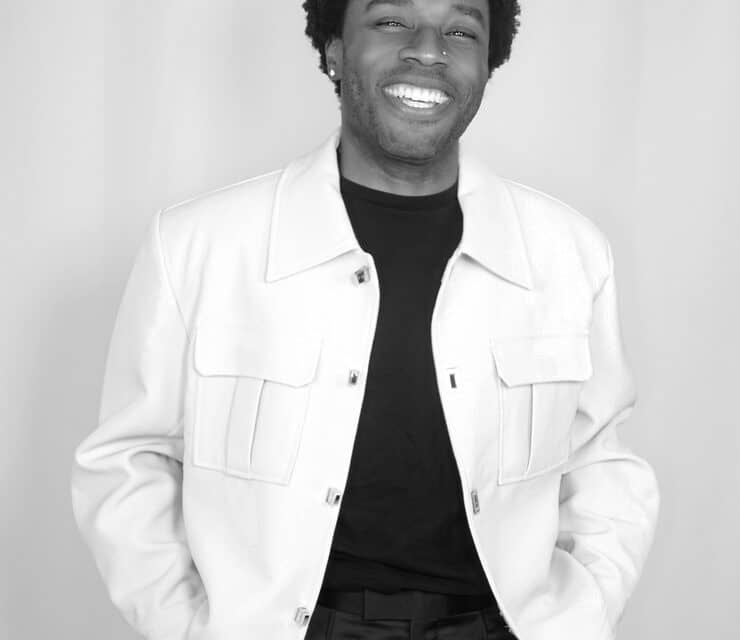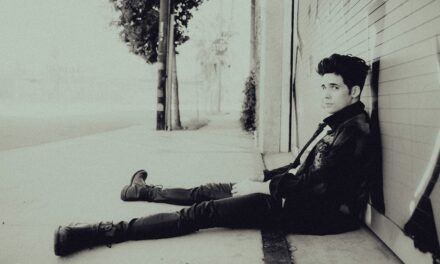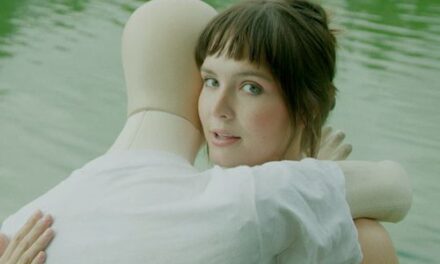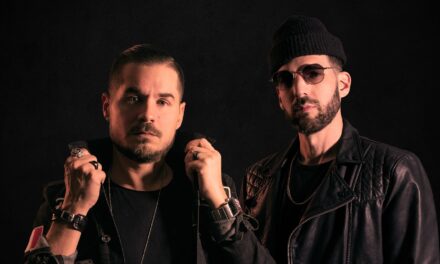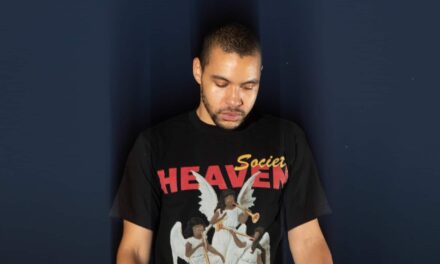In an era where artists are often told to pick a lane, Marcus Orelias has built an entire highway of his own design. The San Francisco native isn’t just a recording artist — he’s a world-builder, a storyteller, and a restless creative force orbiting between sound, screen, and sketchbook. His portfolio reads like the résumé of ten different people: sci-fi writer, trained musician, game designer, visual artist, screenwriter, content creator, graphic designer, songwriter, entrepreneur, and American Conservatory Theatre–trained actor.
For Marcus, creation isn’t compartmentalized — it’s a continuous loop, each discipline feeding into the next.
A Beginning in Performance, A Lifetime in Reinvention
His journey began in 2008 on the stage of the American Conservatory Theatre, where he trained as an actor and learned to inhabit characters from the inside out. That early sense of narrative — of stepping into different worlds — would eventually become the thread that ties his entire body of work together.
By 2012, the stage lights gave way to studio monitors. Marcus launched his music career and, just a year later, dropped his first studio album, Rebel of the Underground (2013) — an audacious debut that lived up to its name. Raw, defiant, and unfiltered, it captured an artist unwilling to wait for permission.
Four years later came 20s: A Difficult Age (2017) — a title that speaks for itself — followed by his self-titled record, Marcus Orelias (2022), and the introspective Maybe It’s Somethin’… (2024). Each project sounded like a new planet in the same expanding universe: cinematic, self-aware, and wired with ambition.
Between Worlds: The Music, the Myth, the Machine
What separates Marcus from the rest of the pack is not just his sound — which fuses futuristic storytelling with grounded emotion — but his refusal to remain still. While many artists stretch across mediums to “branch out,” Marcus blurs them until the borders disappear.
He’s now developing a next-gen video game, one that promises to merge his love of music, design, and narrative immersion into a single interactive experience. At the same time, he’s finishing a new sci-fi novel, continuing the lineage of visionary thinkers who view art as a vessel for philosophy, critique, and escape.
The Mind Behind the Myth
Marcus Orelias doesn’t simply make content — he creates worlds. Every lyric, sketch, and sentence exists within a larger mythology of persistence and self-invention. He’s the kind of artist who refuses to be summarized because he’s still in motion, building, breaking, and rebuilding again.
If Rebel of the Underground was his declaration of independence, Maybe It’s Somethin’… is his meditation on purpose — a reminder that evolution, not perfection, is the point.
And as he continues to expand his universe — from the recording booth to the digital frontier — one thing becomes clear: Marcus Orelias isn’t chasing relevance. He’s architecting it.
You’ve moved between music, acting, game design, sci-fi writing, and more — do you see these as separate lanes, or as one big universe you’re constantly expanding?
Different constellations, same universe, one destination.
Your early training at the American Conservatory Theatre feels like a different lifetime compared to your latest record. How does your background as an actor still inform your art today?
It does! My background in acting seeps into what I create, it keeps me creating “experiences” with every project. I will be one of the greatest creative minds that ever lived. I want to tell timeless stories, the type of stories that universities study and people break down the psychology in YouTube comments. Stories that touch people and touch on the human condition. I cannot be categorized or contained which is why my work touches every medium possible. Acting is raw because theatre acting puts you in touch with the human condition, there are no cuts, no CGI, no AI, no edits when you’re on stage – what you do in that moment makes the experience for the audience. That’s a philosophy I infuse in our work sort of this “give the people the best product first” then tweak it later if needed. That’s why I have a term called “produce to reduce”. Produce all your ideas then reduce it to a simple idea, script or what ever.
From Rebel of the Underground to Maybe It’s Somethin’…, your albums trace a long arc of evolution. What’s the thread that still ties all these projects back to “Marcus Orelias”?
Thank you, I will continue to evolve. My arc shows my resilience, fearlessness and the ability to evolve as a person and artist. E-V-O-L-V-E. If you drop the “V” and “E”, it spells “love” in reverse. It’s love. That’s a secret recipe. When you listen to Rebel all the way to MIS you hear my sadness, passion, youth, love, fears. I’ve never been afraid to be vulnerable. It makes me Marcus Orelias. My love for myself, the music, humanity, animals, the planet – drives me. We can complain about what we lack or we can put into the world and be what we see missing in our world. I want my music to sound fresh album to album, some music sounds repetitive and lacks creativity because I notice artist do not collaborate like they used to with the likes of musicians, engineers and others. Collaboration is creative constructive criticism. It allows new ideas and voices to come forth. To me, social media has made music a singular process and it’s not, it’s communal. So with my music the ties are constantly searching for new sounds and people to work with. Experimenting.
You’re currently developing a video game — a massive undertaking. How are you blending storytelling, sound, and visuals into an interactive world?
MASSIVE! But it’s something that I was born to do, I put in 10,000 hours when I was growing up playing various consoles, it’s to the point where the actual design of the game comes easy to me. Knowing what mechanics to implement, game feel (how we want the gamers to feel when playing as the character), designs etc. I see a lot of it before it materializes. But we have a plot outlined and a first draft script from when the game was called “Saintpaulia” then “Sundika” but I always had this idea for another IP and I merged the concepts together. I plan; we have the next two games planned out. I will probably release the “Sundika” project as a novel because the game we’re working on has elements of Sundika but it’s becoming its own separate entity.

For sound and visuals, I’m hoping to create unique sound design with the team for this project. We’re creating the environment to be extremely detailed and interactive. Some of the visuals are crazy but we’re waiting for technology to catch up. It’s been hard but I believe it will be rewarding. A lot of the gaming industry recycles the same settings and in-game mechanics which is why we at RedRoc Interactive want to break the mold.
Sci-fi often pushes the boundaries of what’s possible. When you write in that genre, are you imagining futures, critiquing the present, or building metaphors for your own journey?
All the above except I model some characters after people that I know shhh don’t tell them though haha. We’ve seen the story of the black male artist who dies, is strung out or go to jail, it’s time to show them the artist who start and run successful media companies, give back and do it the right way. Breaking us out of the algorithm of accepting destructive lives and embracing alternate ways is why I lead by example in my journey.
Music and gaming culture are colliding more and more these days. As someone who’s lived in both worlds, what do you think the future of that crossover looks like?
Soundtracks and being playable characters in games via mo-cap (this is “phase 1”), artist will start popping up more on gaming soundtracks in a curation format like how movies how the orchestrated soundtrack and then the soundtrack overseen by an artist (“phase 2”), investing in studios and then eventually starting their own studios (“phase 3”).
You draw, design graphics, compose music, and write scripts — do you ever feel pressure to focus on just one thing, or is being multi-disciplinary your resistance against being boxed in?
No, I will always work on 2-3 projects at a time, I must push the boundaries on what we can create as people. We must be great. Humanity used to build monuments, now we barely build anything. We go outside and do not see ourselves reflected in anything just monotony for the most part.
Growing up I wanted to fit in, but it never worked because the cost was diminishing the light within me. That why when you listen to my first two album’s there’s a lot of hurt and pain there because it was me detoxing, in a way, from the people and environments that wanted me to stay contained, boxed in. When you look at architecture and the way shapes vibrate, boxes vibrate to keep whatever is in them contained. I am not meant to be boxed in.

Looking back at 20s A Difficult Age, the title feels prophetic. How did your 20s shape the creative person you are now?
I’ve never heard anyone describe 2ADA as prophetic, I think it is light years ahead production and sound design wise. So I appreciate that. My 20s were a training ground, if you will, for my 30s and so on. One could think that your 20s are your pinnacle because it’s pushed on us that your 20s are the twilight years but you don’t know a lot about life. Just give yourself time to mature, grow and develop. Most people who get “it” young in life often fizzle out quickly. I dropped my first album when I was a teenager, and my second in my 20s hence the album title, but the age and experience taught me to pace myself. Trauma had me believing I had to die young to be seen, heard and loved (hence the song “Prelude: Martyr”) but your best years are when God says so, not you. Now I want to live and create work that will live forever.
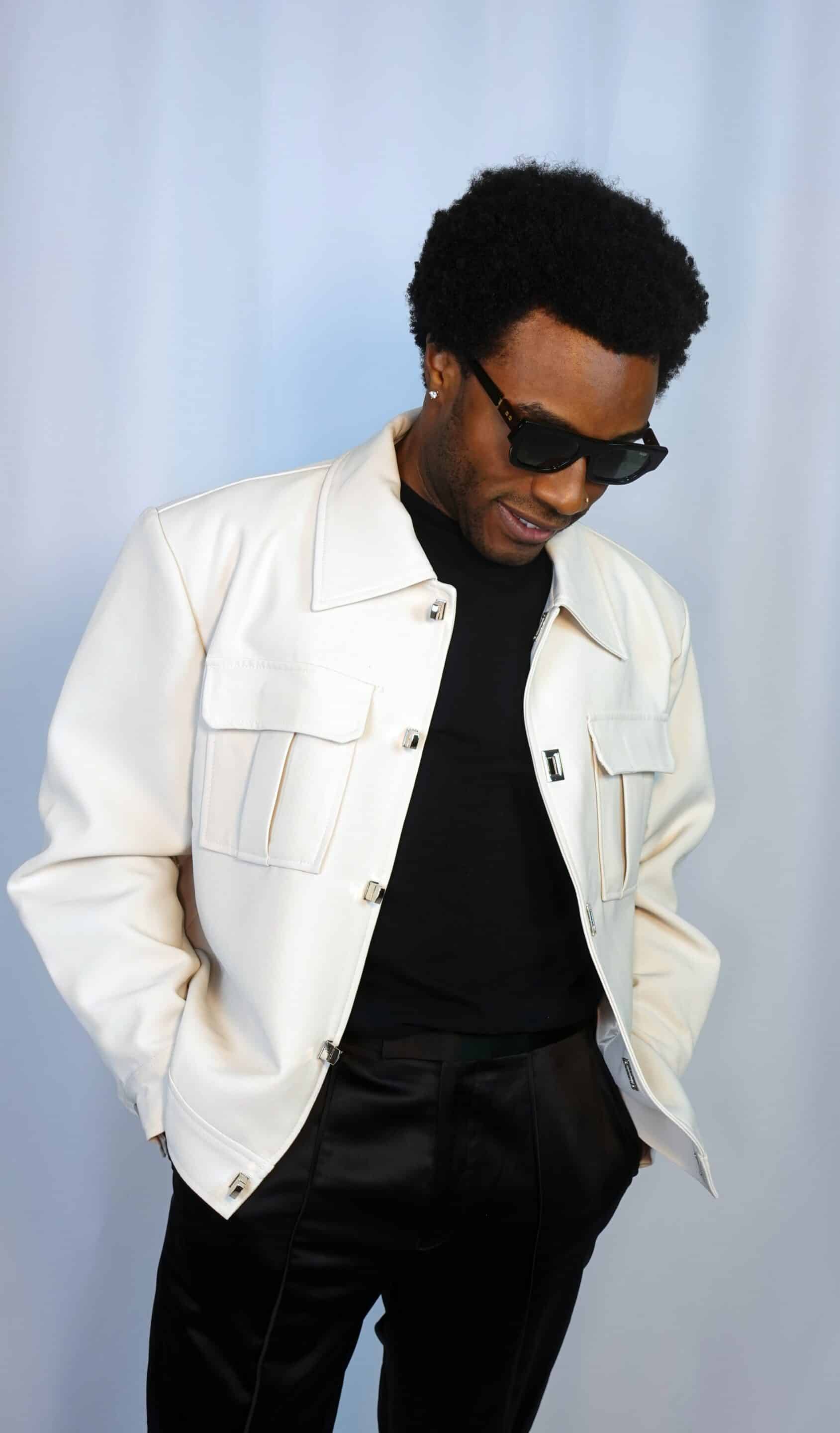
When you move between mediums — say, a song to a screenplay or a drawing to a game — do you have to “translate” your ideas, or do they arrive already cross-disciplinary?
Yes and no, I know the world hasn’t caught onto my work yet. On one hand I’m creating these wonderful works of art but on the other it’s taking people a while to catch on. That’s fine, my mantra now is to put my head down and work. Leave a blueprint, don’t worry about the applause.
With so many projects in motion, what’s the vision you’re chasing? Is there a single “magnum opus” you’re building toward, or is the work itself the legacy?
I’m not sure what my Magnum opus will be to be honest because I’m creating with sticks and stones [laughs] so when I get some really good tools to use the quality and the frequency of the work will change. Ultimately I believe every project is a piece added to the legacy but God has the final say on what my magnum opus will be.

